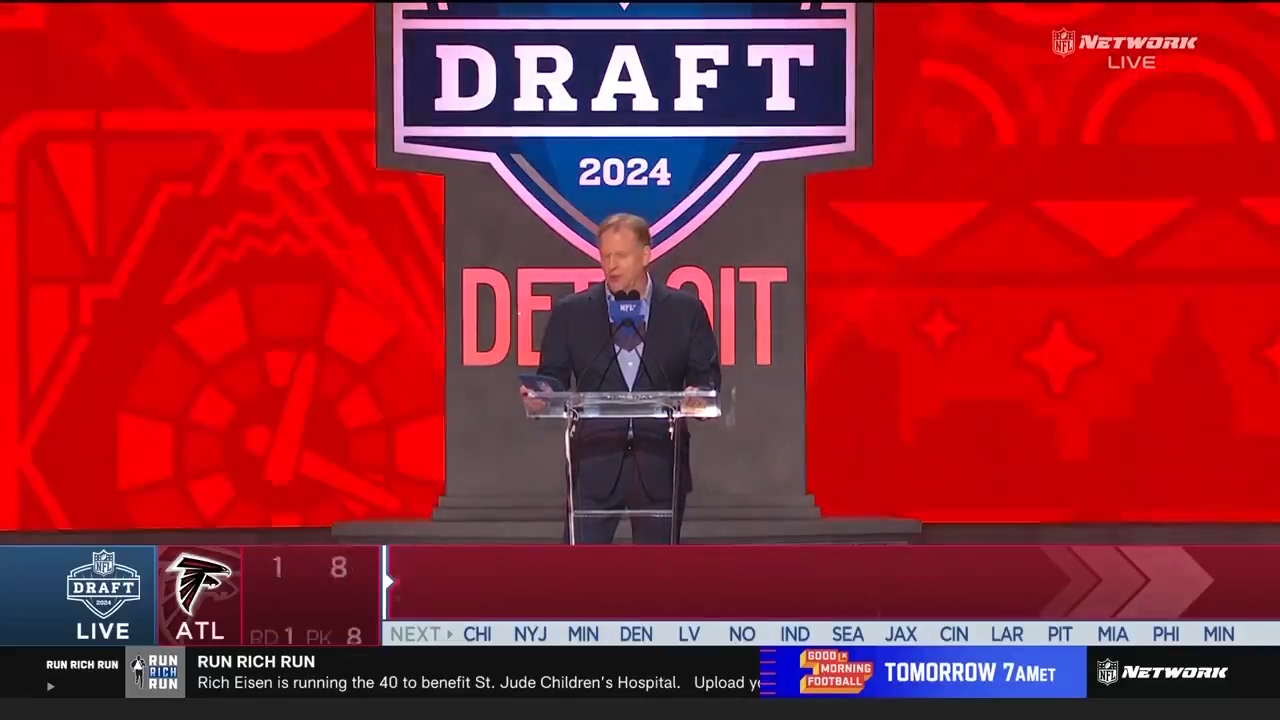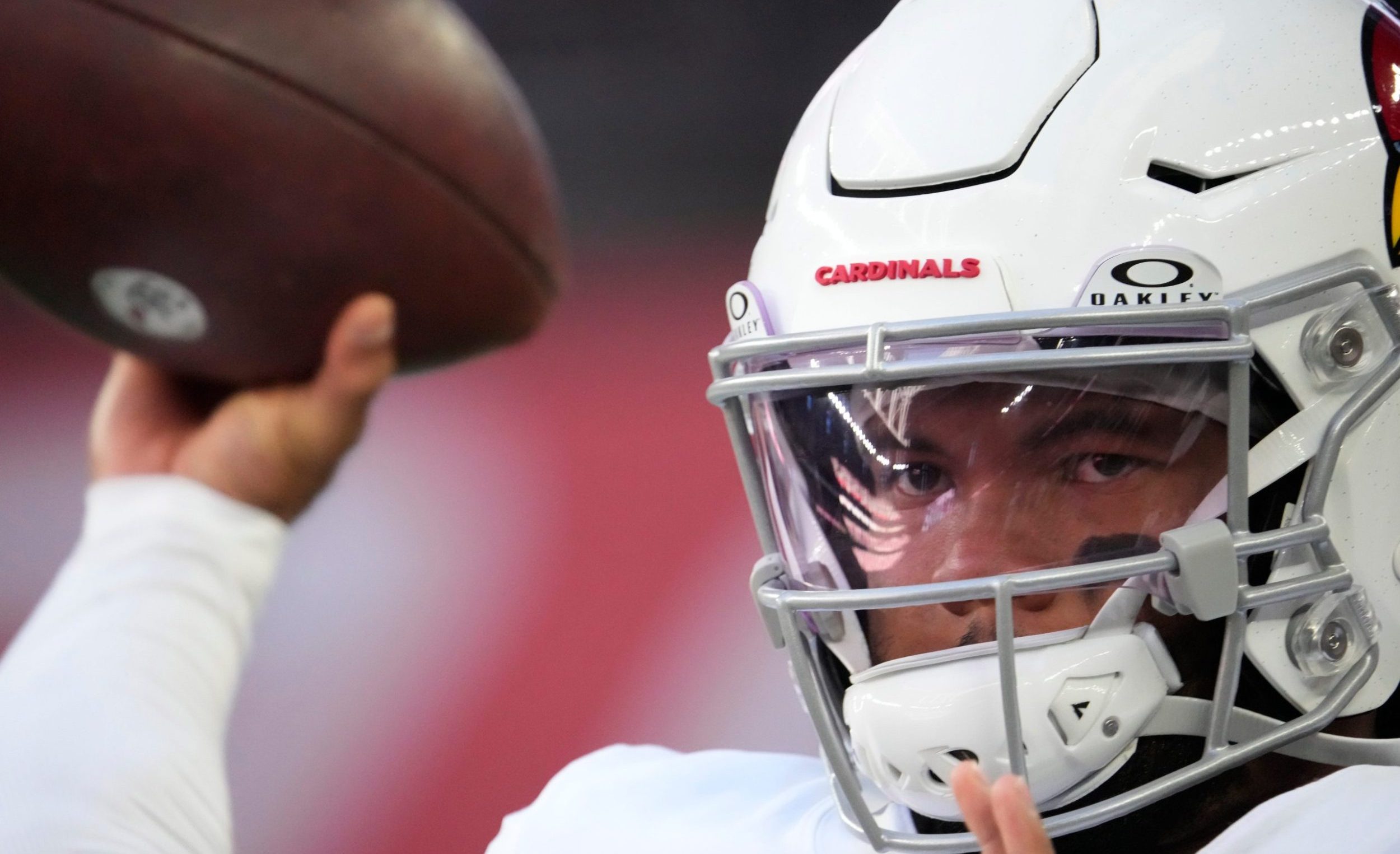Sideline concussion examinations have improved over the years, but one large challenge is that many techniques still depend on asking the athletes questions. That certainly can catch some concussions, but it doesn’t catch all of them, and athletes’ desire to get back out there can influence the testing in a few ways — from studying what’s likely to be asked to tanking baseline scores. That’s led to a push for more objective methods of measurement, and one that seems to have some potential comes from the University of Calgary in Alberta, Canada, where teams of engineering and medical researchers have combined to create a handheld bloodwork-based concussion sensor.
The sensor is described in recently-published journal articles, and it’s now heading to clinical trials. It’s small enough and potentially cheap enough that it could be used in all sorts of environments, inside and beyond sports. The research project is led by study co-authors Chantel Debert and Amir Sanati-Nezhad, seen above. Donna Spencer of The Canadian Press has more on what they’re working on:
The university’s engineering and medical schools are collaborating on a handheld sensor the size of a smartphone that measures proteins and small molecules known to indicate that an injury is present in the central nervous system.
The process is similar to a diabetic taking a pinprick of blood and inserting the sample into a glucose meter.
The creators say the sample is taken onsite and the result can be known as quickly as 30 minutes.
…
‘The way it is diagnosed now is mostly based on questions asked of the patient, as there is no objective measure to test for a concussion,” said Dr. Amir Sanati-Nezhad, an assistant professor at the Schulich School of Engineering.
The sensor itself is about a year from going to market and could cost as little as $8 depending upon improvements, according to Sanati-Nezhad, but first more research is needed on which biomarkers in the body most accurately indicate brain injury.
With a 30-minute delay, it could be tough for this system to replace current evaluation methods in the professional ranks, as many teams won’t want players to be held out that long if an apparent heady injury turns out to be a false alarm. But perhaps the attitudes about concussions and risk will shift to where that’s more acceptable. Even if they don’t, though, this could be a useful addition to the concussion-testing tool-belt; if a player passes other tests and returns to the game but then tests positive for a concussion under this protocol, they could be removed at that point.
It may also be possible to take a harder line on safety versus winning in youth sports versus the pros, and to institute policies there that athletes can’t return until they’ve passed this test. And the low target price point here could possibly make this an extremely useful option for youth sports. There, it could also be something that puts less pressure on volunteer coaches and on parents to try and make a more subjective call on if athletes are concussed or not.
The perhaps even more useful implications of this test are for the longer term, as a clearer sign that a player has actually been concussed could be very helpful when it comes to their future treatment. There have been plenty of cases of concussions with delayed-onset symptoms, sometimes hours or even days later, and testing players when there’s a potentially concussion-causing hit could help with ensuring they have the support and treatment needed when symptoms do come up later. It could also help with limiting their exposure to further hits (which can be particularly dangerous and sometimes even life-threatening), either in game or in practice, before the symptoms of their concussion show up.
And a more objective metric like this could be so important in alleviating some of the incentive-based concerns around concussions. Players want to play regardless of the long-term concerns, and teams often want them out there, but more proof of who’s actually concussed could lead to fewer players trying to fool the system, and to fewer pundits opining that they’re fine. The details of this system, as per a University of Calgary release, also sound pretty impressive, speaking to uses well beyond sports:
The planned diagnostic tool is the work of a team of UCalgary engineers and medical researchers. Their latest papers on the project were recently published in the ACS Sensors and Sensors and Actuators B: Chemical journals.
Officially called a “polyethylenimine modified graphene-oxide electrochemical immunosensor,” the device is at least 100 times more sensitive than any other brain injury biomarker method currently being tested.
“Such an immunosensor can address the unmet diagnostic needs in resource-limited clinics, rural health-care setups, emergency vehicles, and in war zones,” reads the paper featured in ACS Sensors.
“It can also be used for priority-based injury diagnosis in clinics, side-line sporting evaluation and in hospitals, providing primary interventions, injury assessment and prognosis.”
We’ll see how the trials go for this and if it ever winds up reaching the market, but it certainly sounds promising. And it could be something with dramatic impacts for sports, both at the professional and youth levels.
[The Canadian Press; photo from Fritzology for the University of Calgary]







